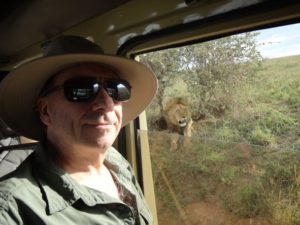 Some followers will recall that my annual travel roundup has been called “The Year in Science Traveling” since its inception many years ago. I’ve decided to change it to “The Year in a Traveler’s Life” from this point forward to reflect my broader traveling experiences. Given my writing history, which I’ll capture shortly in my “writer’s life” annual post, much of my travel includes Lincoln-themed locations. That said, I still do a lot of science traveling and this year was no exception. In fact, it was almost a normal travel year after two-plus years of COVID travel restrictions. In 2022 I made my first overseas trips since I went to Cuba in May of 2019. It was nice to see more of the world again.
Some followers will recall that my annual travel roundup has been called “The Year in Science Traveling” since its inception many years ago. I’ve decided to change it to “The Year in a Traveler’s Life” from this point forward to reflect my broader traveling experiences. Given my writing history, which I’ll capture shortly in my “writer’s life” annual post, much of my travel includes Lincoln-themed locations. That said, I still do a lot of science traveling and this year was no exception. In fact, it was almost a normal travel year after two-plus years of COVID travel restrictions. In 2022 I made my first overseas trips since I went to Cuba in May of 2019. It was nice to see more of the world again.
The travel year didn’t start well. We had planned a small ship cruise beginning and ending in Istanbul, Turkey. It would have taken us into the Black Sea with stops in Bulgaria, Romania, Ukraine (Odesa), Russia (Sochi), Georgia, and a few additional spots in Turkey (including Cappadocia). Although it was scheduled for September, by March it was clear that was not going to happen. Not surprisingly, the cruise was cancelled soon after Russia invaded Ukraine and our attention switched to focusing on supporting a Ukrainian friend with whom we had traveled previously. With the Black Sea off the table, we looked for alternatives and found a quick booking for a tour of Iceland, a place that has been on my bucket list for many years. Iceland was a wonderful experience as we circled the island, stopping at a seemingly infinite number of spectacular waterfalls. We also saw volcanoes, luckily all dormant at the moment. Not long after getting home there was a volcano spewing ash and lava not far from the airport we had traveled from. While there I saw the Eyjafjallajökull volcano that had disrupted air travel for weeks in 2010 while I was living in Brussels. Iceland is known as the land of fire and ice, and this trip certainly proved that catchphrase true. A truly amazing experience, including hiking behind a large waterfall (and getting drenched) and seeing the Mid-Atlantic Ridge that passes through the island.
Meanwhile, around the time of our Iceland trip we committed to a photo safari in Tanzania, which we took in late November into early December. This was our first time in Africa, our sixth continent (still working on getting to Antarctica). The trip came about through a friend we’ve traveled with two times before. I had met her in 2013 when my first Tesla book was coming out (we were both involved with the Tesla Science Foundation and her mother is from Serbia, like Tesla). Since then, we’ve joined her and her travel organization, EuroCircle, on two trips. The first took us to Serbia, Montenegro, and Croatia, one of the highlights of which was meeting the Prince and Princess of Serbia in the Royal Palace. The second was to Australia and New Zealand. This time we flew for over 13 hours to Addis Ababa in Ethiopia, then another 2.5 hours to Arusha, Tanzania. After a night in a small hotel outside the city, we spent the following week in the bush, living in different tented lodges each night (including the one where giraffes and wildebeests snorted and roamed outside our tent all night). We saw thousands of animals – elephants, lions, wildebeest, buffalo, zebras, antelopes, cheetahs, leopards, and tons of bird species – as we wandered through three national parks (Tarangire, Serengeti, Mt. Kilimanjaro) and the Ngorongoro Crater Conservation Area, plus the rift valley. We even did some sunrise ballooning over the Serengeti. I’ll have more stories and photos as I get the time to sort through them.
Besides the two overseas trips, we made two road trips up to New England. The first in June was to celebrate my mother’s milestone birthday, while the second was actually my first time in many years visiting family for Christmas. I’ve taken to adding side trips to these visits. Last year I tacked on a mini-vacation on Long Island on the trip up and this year’s June visit included a one-night stop in Hartford, CT to see an Abraham Lincoln tribute river walk complete with sculptures of various styles. For the Christmas trip, because of traffic and some tentative weather forecasts, there was no overnight stop but on the way, I steered the car into Concord, MA. I had started reading a book called The People of Concord just before the drive and wanted to learn more about the vibrant writer community there in the 1800s. I also wanted to stop at the Concord Museum because the Lincoln Memorial Centennial special exhibit that I had missed earlier in the year when it was in western Massachusetts was resident in Concord only until February. The exhibit and the Museum were both fabulous and well worth the stop. A brief side trip on the way back involved Henry Wilson, a Senator during the Civil War that played major roles in at least two Lincoln achievements (later he was Ulysses S. Grant’s second vice president).
There was one more short travel event in November. I attended the Lincoln Forum in Gettysburg, PA, where I gave some presentations and accepted the prestigious Wendy Allen Award on behalf of the Lincoln Group of DC, of which I am currently president.
Overall, it was a good travel year despite the challenges (not mention being busy with my book release, which I’ll talk more about in my annual writer’s life post).
So, what’s up for 2023?
Fingers crossed that we don’t get a resurgence of COVID or some other pandemic-related restrictions. But assuming a year at least as available as this one, 2023 should be a good travel year. We’re already booked on a Windstar small ship cruise in April from Lisbon to Barcelona with many stops along the way, including Casablanca, Morocco. That will give us a second country in Africa and a far different experience than Tanzania. Earlier in the April I’ll be doing a road trip to New England that will combine my previously planned “Chasing Abraham Lincoln” stops plus some more related to a possible new writing project. November will have the annual Lincoln Forum. Beyond that, the travel schedule is still in flux. There are a couple of big overseas options I’m considering for late in the year, but I would like to get some sort of travel – either overseas or road trip – in during the summer. I’ll also plan on road tripping to see family at least twice more in the year, plus some shorter day-tripping to see key locations less far afield. And of course, there are all those plans that the “COVID era” put on the back burner, so we’ll have to see what fits into my schedule. Stay tuned!
[Photo credit: Ru Sun (See the lion outside the window?)]

Lincoln: The Fire of Genius: How Abraham Lincoln’s Commitment to Science and Technology Helped Modernize America is available at booksellers nationwide.
Limited signed copies are available via this website. The book also listed on Goodreads, the database where I keep track of my reading. Click on the “Want to Read” button to put it on your reading list. Please leave a review on Goodreads and Amazon if you like the book.
You also follow my author page on Facebook.
David J. Kent is President of the Lincoln Group of DC and the author of Lincoln: The Fire of Genius: How Abraham Lincoln’s Commitment to Science and Technology Helped Modernize America and Lincoln: The Man Who Saved America.
His previous books include Tesla: The Wizard of Electricity and Edison: The Inventor of the Modern World and two specialty e-books: Nikola Tesla: Renewable Energy Ahead of Its Time and Abraham Lincoln and Nikola Tesla: Connected by Fate.
Like this:
Like Loading...



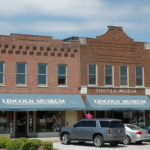
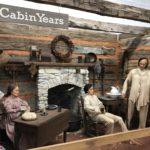
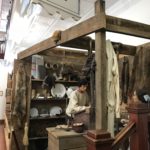
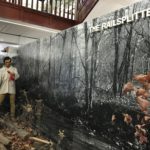
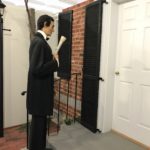

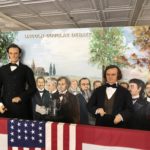
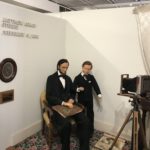

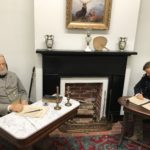



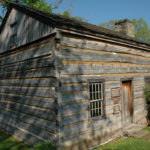
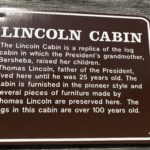
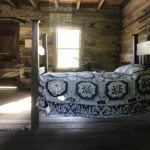
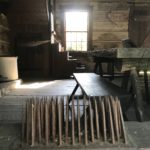
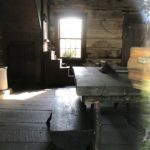
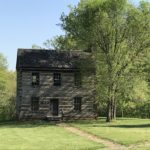
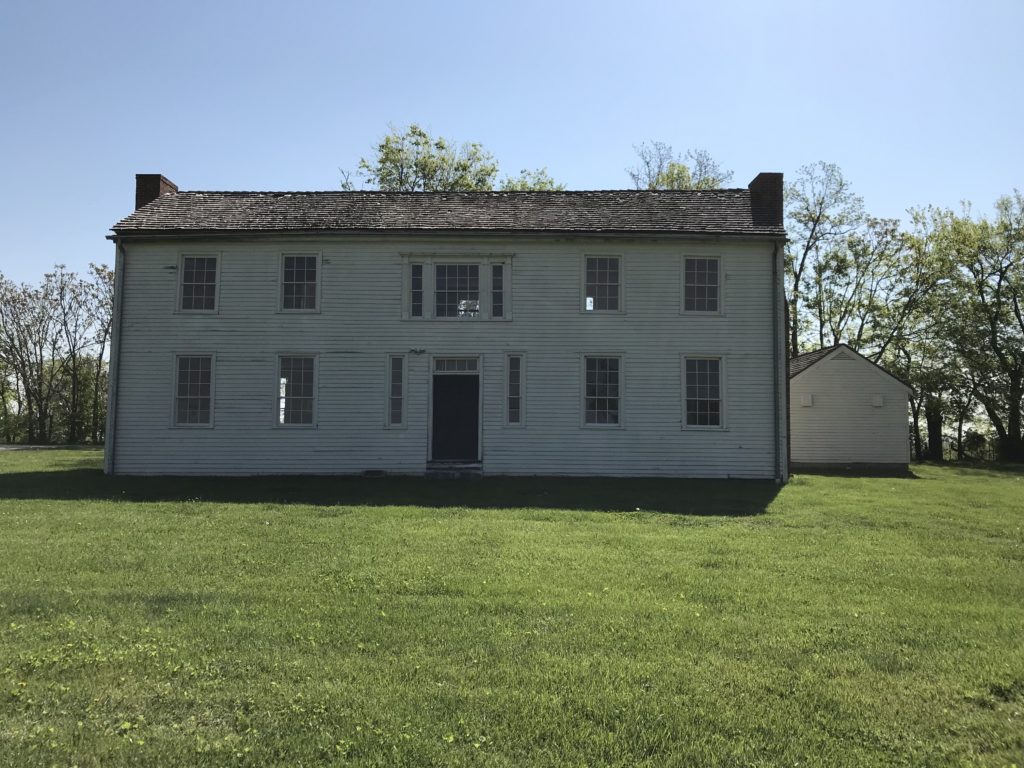
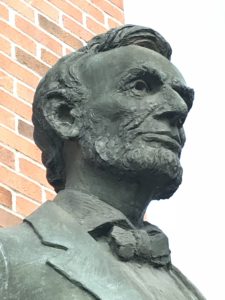 Everyone knows about the Abraham Lincoln Presidential Library and Museum in Springfield, Illinois, but there is another Abraham Lincoln Library and Museum. This one is in Harrogate, Tennessee in the campus of Lincoln Memorial University. And I spent the day there. It was an incredible experience.
Everyone knows about the Abraham Lincoln Presidential Library and Museum in Springfield, Illinois, but there is another Abraham Lincoln Library and Museum. This one is in Harrogate, Tennessee in the campus of Lincoln Memorial University. And I spent the day there. It was an incredible experience.








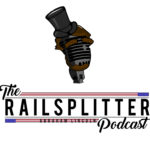 The
The 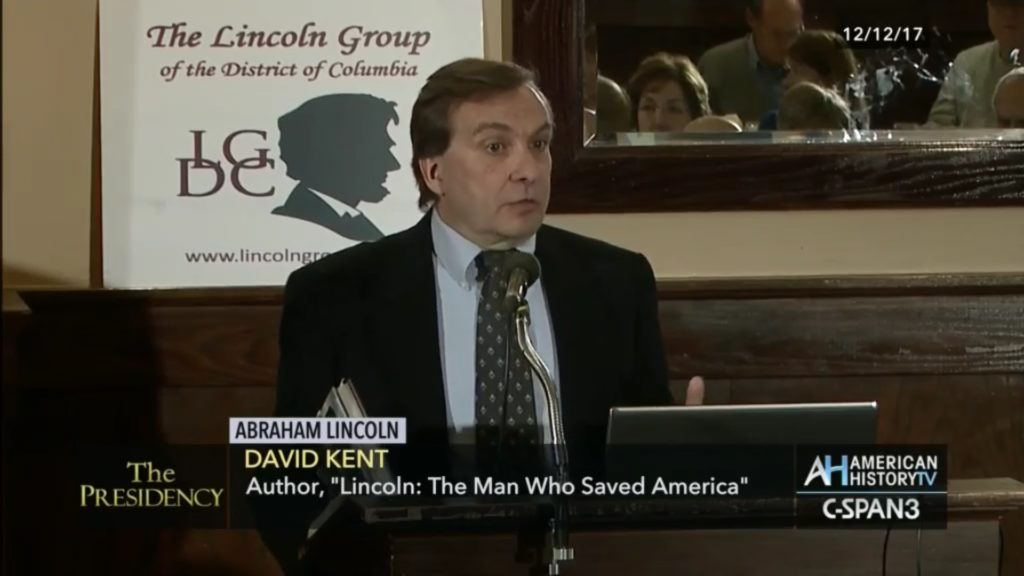
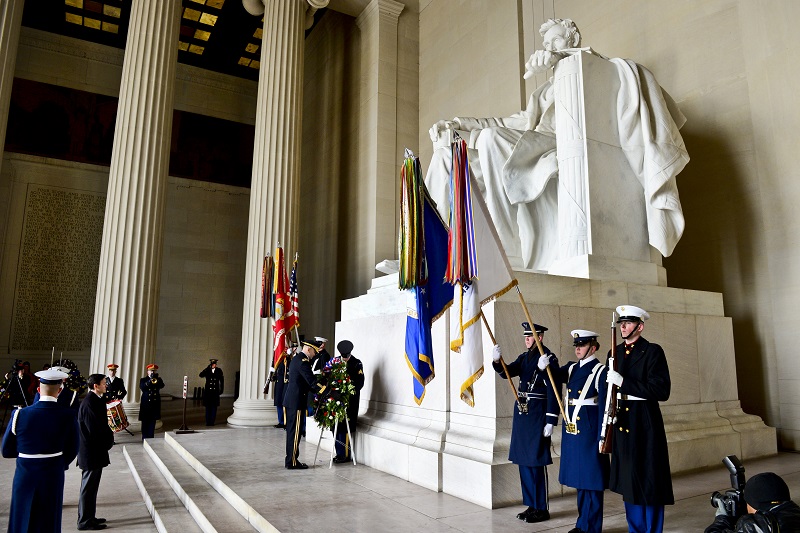
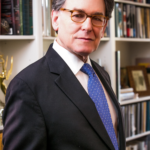 On Tuesday night I’ll be attending a joint meeting of the
On Tuesday night I’ll be attending a joint meeting of the 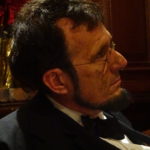 It doesn’t stop there. Next week (February 22nd, 7 pm) I’ll be at the National Archives for the Lincoln-Douglas-Douglass Debates. In this very special presentation we’ll have Lincoln interpreter George Buss recreating his famous debates with Stephen A. Douglas (portrayed by Tim Connors). After a short break, Lincoln will return to have a discussion with Frederick Douglass (portrayed by Phil Darius Wallace) using a script written by world famous Lincoln scholar Harold Holzer. Harold will moderate the debates. This is a once in a lifetime event that cannot be missed. [And it’s free] Check out more info at the National Archives.
It doesn’t stop there. Next week (February 22nd, 7 pm) I’ll be at the National Archives for the Lincoln-Douglas-Douglass Debates. In this very special presentation we’ll have Lincoln interpreter George Buss recreating his famous debates with Stephen A. Douglas (portrayed by Tim Connors). After a short break, Lincoln will return to have a discussion with Frederick Douglass (portrayed by Phil Darius Wallace) using a script written by world famous Lincoln scholar Harold Holzer. Harold will moderate the debates. This is a once in a lifetime event that cannot be missed. [And it’s free] Check out more info at the National Archives.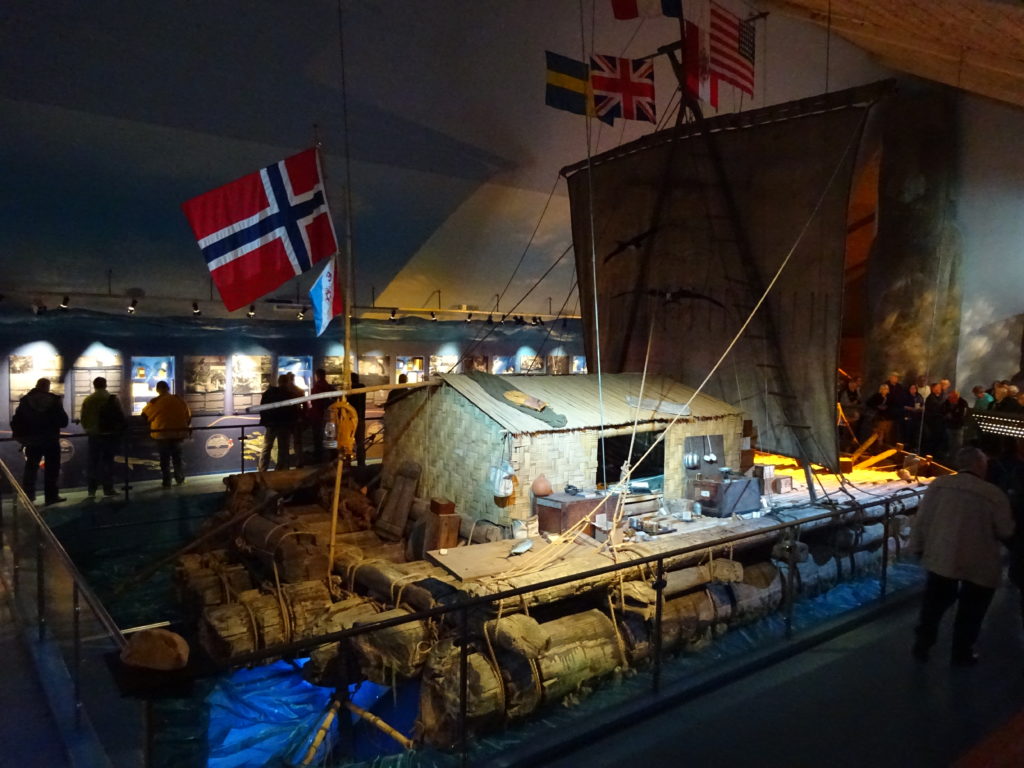

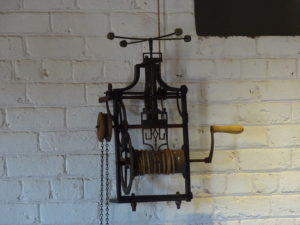
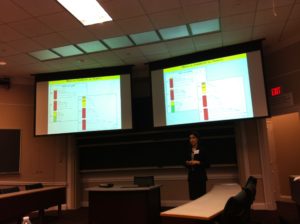
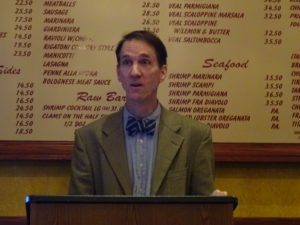
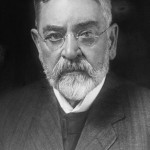 Yes, you read that right; a Booth saved a Lincoln’s life. In my e-book, Abraham Lincoln and Nikola Tesla: Connected by Fate, I’ve been amazed at how many interesting connections there are between the two men. There are two that relate Tesla to Lincoln through Robert Todd Lincoln.
Yes, you read that right; a Booth saved a Lincoln’s life. In my e-book, Abraham Lincoln and Nikola Tesla: Connected by Fate, I’ve been amazed at how many interesting connections there are between the two men. There are two that relate Tesla to Lincoln through Robert Todd Lincoln.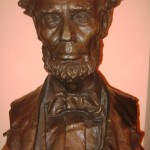 Today is the 206th birthday of Abraham Lincoln, our 16th and perhaps most well known President. And as usual, I’m chasing Abraham Lincoln.
Today is the 206th birthday of Abraham Lincoln, our 16th and perhaps most well known President. And as usual, I’m chasing Abraham Lincoln. Some followers will recall that my annual travel roundup has been called “
Some followers will recall that my annual travel roundup has been called “







